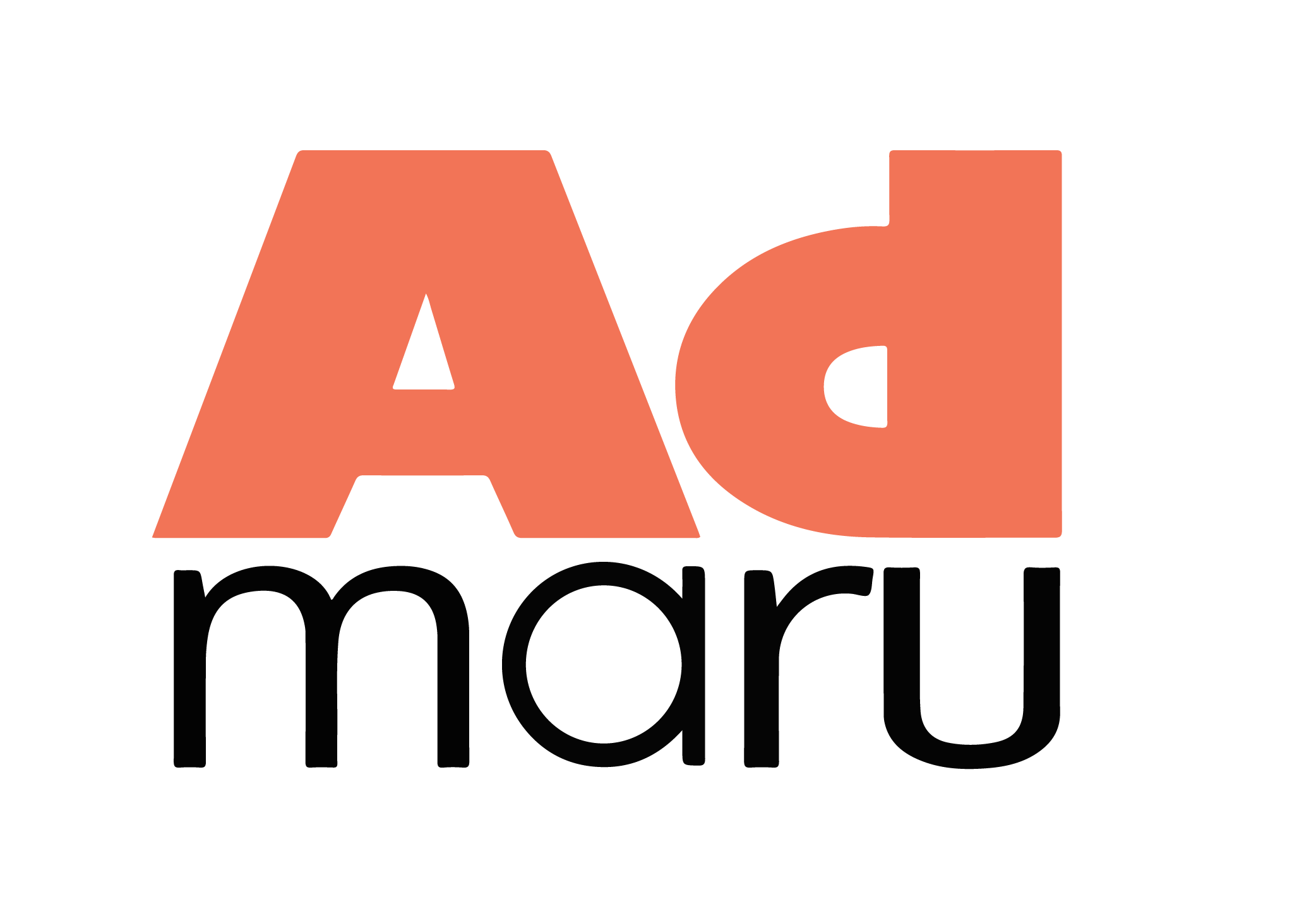Major solutions for the Cookie-less era and their impact on Header Bidding
1. Major solutions for the Cookie-less era and their strengths and weaknesses
The cookie-less era is upon us, and companies need to find alternative solutions for ad targeting and personalization. This report examines some of the solutions available, including browser-based, ID-based, data clean rooms, and contextual targeting.
- Browser-based Solutions: FLEDGE, Topics, and TURTLEDOVE are primarily Google-based solutions that use browser-based interest groups to generate targeting options. These solutions are relatively easy to implement, but there are concerns about their scalability to non-Chrome browsers.
- ID-based Solutions: UID2.0, ID5, and RampID rely on personal identification or probability models to create targeting options. These solutions enable cross-site targeting, but compliance with regulations remains a concern.
- Data Clean Rooms: DCR solutions, such as Google Ads Data Hub, TTD-AWS, and LiveRamp-Snowflakes, enable personal data to be stored and connected without exposing personal information. While they offer compliance with regulations, their high cost remains a drawback. According to the IAB, 83% of media outlets are either implementing or considering DCR.
- 1PD Solutions: Seller Defined Audience (SDA) and PAIRs enable publishers to define their audience groups and offer 1PD matching between advertisers and publishers. Compliance with regulations may not be an issue with these solutions, but advertisers’ trust and collaboration between relatively small size advertisers and publishers are concerns.
- Contextual Targeting: Contextual targeting is a method already in use that targets advertisements based on the context of a page. While there is limited potential for further upside, it remains a viable option.
The cookie-less era requires companies to find alternative solutions for ad targeting and personalization. While browser-based solutions are easy to implement, they may not be scalable. ID-based solutions enable cross-site targeting, but compliance with regulations is a concern. Data clean rooms offer compliance with regulations, but they come with a high cost. 1PD solutions enable publishers to define their audience groups, but advertiser trust and collaboration are concerns. Contextual targeting remains a viable option. Companies need to evaluate their options and choose the solution that best fits their needs.
To become a market-leading solution, “Adoption” as a standard, extensive “Collaboration” and “Regulatory Compliance” will need to be successfully addressed.
| Category | Solution | Description | Pros | Cons |
|---|---|---|---|---|
| Browser-based | FLEDGE, Topics, TURTLEDOVE | Interest groups are generated based on user behavior and content mainly using Google’s solutions in browsers for targeting | Easy to implement | Concerns about scalability to browsers other than Chrome |
| ID-based | UID2.0, ID5, RampID | Targeting based on personal identification IDs such as email or IDs using probability models | Cross-site targeting possible, recent growth from various angles | Questions about compliance |
| DCR | Google Ads Data Hub, TTD-AWS, LiveRamp-Snowflakes | Targeting by linking 1PD stored in data clean rooms without exposing personal information | Compliance with regulations | High implementation cost |
| 1PD | Seller Defined Audience, PAIRs | SDA: Targeting based on the audience group defined by the seller based on the IAB standard, PAIRs: 1PD matching between media and advertisers | Compliance with regulations | Key factor is trust from advertisers (SDA), concerns about the potential for collaboration between advertisers and media of various sizes (PAIRs) |
| Others | Contextual Targeting | Contextual targeting | Already in use | Limited upside potential for additional capabilities |
However, the current market situation is still unclear which solutions will lead the market, so major media outlets, advertisers, and adtech platform companies have to consider all the various methods, which requires a lot of effort and time for everyone.
“Major advertisers are asking for a variety of solutions, so we have to review and apply them all, which is a difficult and costly task.” by MediaMath official
Overall, the US media and programmatic industries are navigating the challenge of finding the best solution while considering all the available options.
2. Impact of the cookieless era on header bidding
Although the cookie-less era will also have an impact on targeting when the header bidding method is applied, most solutions, except for some such as TURTLEDOVE and PAIRs, are already capable of applying header bidding, and even TURTLEDOVE and PAIRs are currently actively preparing to develop header bidding-enabled features.
Therefore, Header Bidding’s evolution to compete with Walled Garden giants such as Google and Facebook is expected to continue.




